We’ve all heard horror stories about pressure cookers related accidents. So, it’s only natural to wonder ‘is Instant Pot safe?’. After all, it’s a pressure cooker with a series of other functions!
Since I’m an avid user of these amazing products (and I’m not shy about it), I received a lot of questions with regards to safety when using them in the kitchen. So, to soothe everyone’s worries, I decided to talk about this topic in more detail.
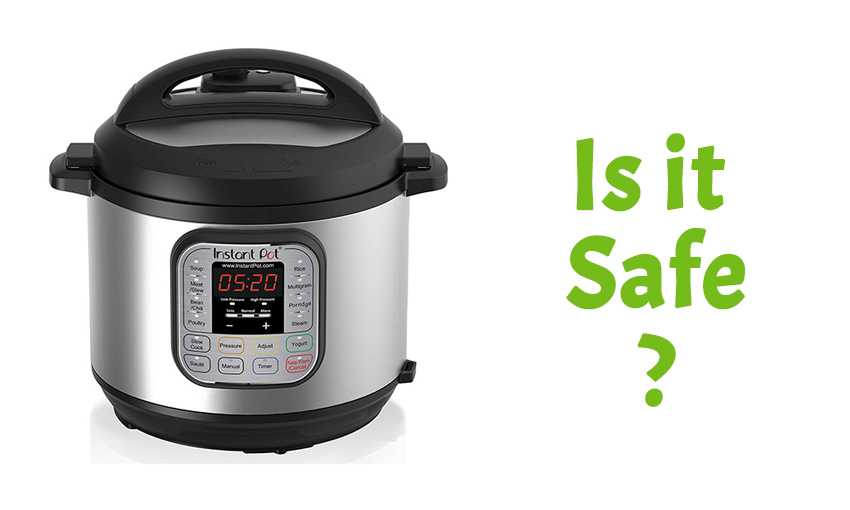
I’ll start with the basic safety mechanisms (all Instant Pot cookers have at least 10) and then try to address some of the most popular questions.
Table of Contents
10+ Safety Mechanisms
Honestly, the idea of 10+ safety mechanisms put my mind at ease. Well, that was until a friend asked “Why do they need so many? Do they expect something to go wrong and to cover all their bases?”
That’s when I took a closer look at all the mechanisms and what they do. First, I checked the producer’s official site. Here, I learned their purpose is to prevent the most common errors that can happen while using these products.
Also, here’s the reason for each of the 10 safety mechanisms for Instant Pot:
1. Steam release valve
If you’ve ever used an Instant Pot you know it has a steam release system. This is designed to help release the pressure in the pot before you can take the lid off.
The steam that’s being released from a pressure cooker is extremely hot and can cause severe burns or injuries, which is why this valve is crucial.
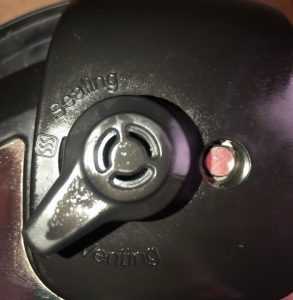
2. Anti-Block Shield
This is a stainless steel inner layer that keeps food particles from clocking and eventually blocking the steam release pipe. As a result, the pressure is liberated safely with each use.
3. Safety Lid Lock
To avoid any pressure-related accidents, every Instant Pot cooker is equipped with a system that automatically locks the lid in place when the pressure starts building. The lock only opens after the pressure has been properly released.
Warning: Do not try to open the lid by force! It is not safe to force-open a pressure cooker that hasn’t released pressure!
4. Lid Position Detection
If the lid is not positioned well on the pot or not locked in place, the IP will not allow the cooking process to start.
5. Automatic Temperature Control
Each program has a safe temperature range and this system makes sure the multicooker stays in that range.
6. Overheat (Burn) Protection
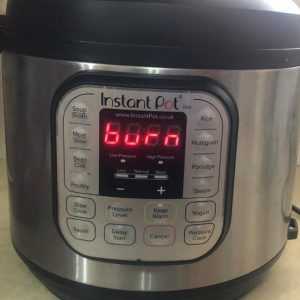
If the pot detects there is a risk of the food being burnt, it will lower the heat output until the factor that caused the situation is removed.
The timer will disappear and a strange "burn" message will appear on the screen.
The main reasons for this are food stuck to the bottom, not enough liquid for pressure cooking, misplaced inner pot, and others.
Click here to learn more about the Instant Pot burn message.
So, if the pot doesn’t get to the requested heat, unplug it, remove the food, and make sure everything is in order.
7. Automatic Pressure Control
A system designed to keep an eye on the pressure levels. If it detects any anomalies (pressure gets higher than needed) it will cut off the pressure building process.
8. Electrical Fuse
If there is any voltage issue (electrical current exceeds safety limits) this mechanism cuts off the power.
9. Thermal Fuse
It also cuts off the power but only in the scenario where the internal temperature exceeds safety limits.
10. Leaky Lid Detection
If the system detects a leaky lid (steam is not contained inside the pot) it will not build up pressure. This may cause the food to burn, which is why, if the necessary pressure is not reached in the first 40 minutes, the system will lower the heat output.
Among the top reasons for a leaky lid are a faulty sealing ring, or one not being installed at all, or the steam valve is not in the ‘Sealing’ position.
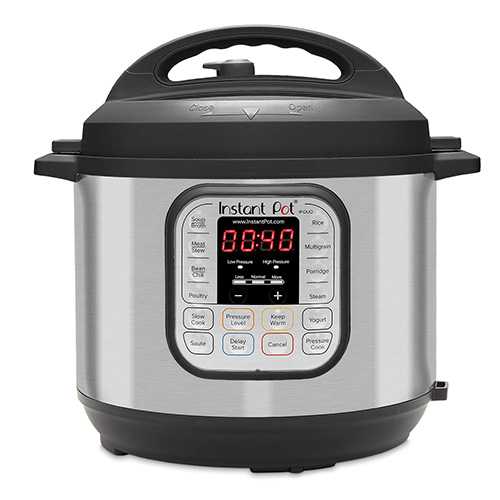
Is Instant Pot Dangerous?
If you use the pot according to the instructions and make sure all the parts are in good shape, then no, Instant Pot is not dangerous.
So, to prevent any unpleasant situations, do a thorough inspection of all the parts of the electric pressure cooker (lid, sealing ring, steam release valve, outer and inner pot, and any other tools). Make sure everything is clean and ready for use.
Keep in mind: this operation must be performed before every time you want to use the IP cooker!
Can An Instant Pot Explode?
It’s important to understand that all pressure cookers can explode. However, the risk is reduced with Instant Pot pressure cookers (in comparison with a traditional stovetop pressure cooker because) due to the safety mechanisms we mentioned above.
Still, it doesn’t mean that, under the right circumstances, an explosion is not possible. For instance, if the steam release valve gets clogged (it can happen if the valve is not thoroughly cleaned) the steam has nowhere to go, so there is a chance there will be a violent release.
What Causes An Instant Pot To Explode?
If the cooker gets damaged (maybe during transportation or if it takes a tumble from a top-shelf), there is a chance that the internal safety system may be damaged as well. As you can see from my list of safety mechanisms, they are controlled electronically by the pot’s control panel.
So, you must not ignore any error messages that may show up on the screen!
Is Instant Pot Safer Than Pressure Cooker?
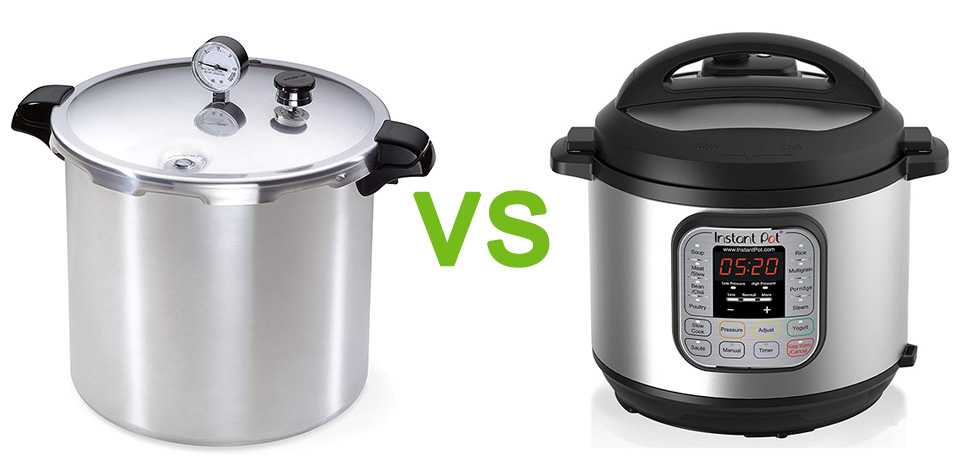
Yes! There is no doubt in my mind that an Instant Pot is safer than a stove-top pressure cooker!
True, there is the chance of parts getting broken, but these are easy to identify. So, you just replace them and move on with your life.
As long as you follow the instructions and keep in mind several important safety tips, you’re good to go.
Safety Tips for Using an Instant Pot
In the end, I want to leave you with some extra safety tips I learned while using my Instant Pot:
1. Pay Attention to What You Put Inside
It’s important to understand that, while smart, these devices have limits. As such, you can put too much food/liquid or too little.
In the first case, can lead to dangerous pressure levels or the seal may be broken and the food or liquid may spill out. You should also be careful with foods that expand during cooking, like beans or rice. With these foods is best to leave some extra room in the pot, so don’t fill it past the half-line.
In the second situation, if there isn’t enough liquid (from stock, natural juices, or plain water), the pot won’t build up pressure, which can lead to burnt foods. As such, you should make sure to add at least 1 or 2 cups of liquid.
Lastly, if you’re cooking foods that can sputter or foam (cranberries, noodles, some cereals, or rhubarb), the steam release valve could clog. So, it’s better to only use these ingredients in recipes that have been tested and approved by the Instant Pot community.
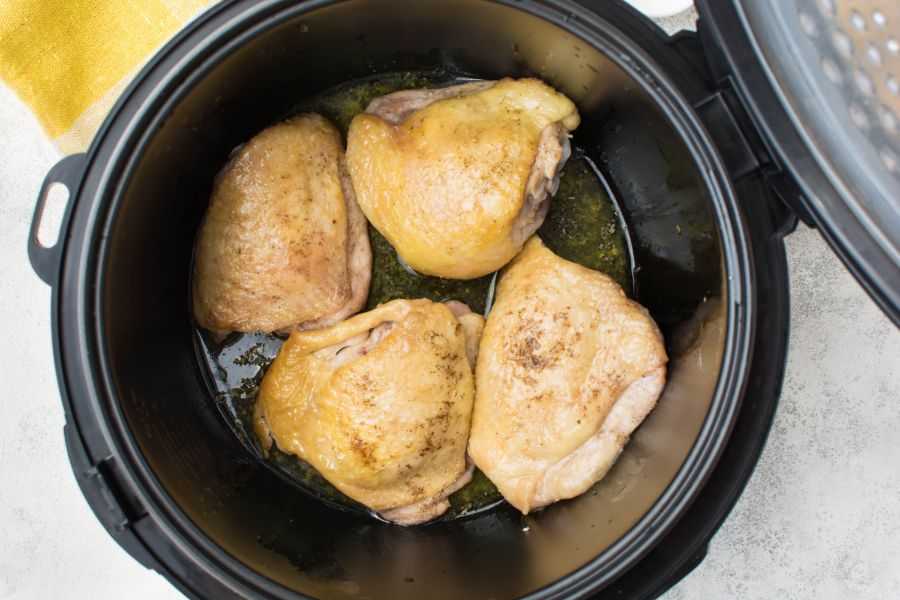
2. Inspect the Lid
Most pressure cooker related accidents happen because the lid was not properly sealed. This is one of the reasons Instant Pot cookers have an automatic lid lock, but users also need to check the silicone sealing ring. This needs to be clean and free of debris so the sealing can take place. Also, if you notice any cracks or the seal coming loose, it’s best to replace it as soon as possible!
If the display flashes the message “Lid” it means you should check it and see if it’s placed correctly.
3. Don’t Poke At It
This is a smart pressure cooker so there’s no need to time it to make sure the pressure is building up (like we usually did with stove-top designs). The IP pot will tell you if something is wrong by either flashing a message on the screen or via audio warnings (usually both).
So, unless you receive a warning or error message, you need to let it do its job! You should also know that it may take up to 40+ minutes to build pressure and equally as long to release it. So, don’t try to force the lid open unless you want to get yourself a hot mess on your hands!
4. Keep it Away from the Kids
Even with all the safety measures, this is still an under-pressure stainless steel pot that releases incredibly hot steam and can cause injuries if you don’t know how to use it. So, keep it away from the kids or keep the kids away from the kitchen when using the pressure cooker. Also, offer them an explanation they can understand, to make sure they won’t mess around with it when you’re not around.
Bottom line
In summary, the Instant Pot is very safe to use as a kitchen appliance, as long as you follow the instructions and indications provided by the producer.
After this, I feel better about getting one. I am older than dirt and have heard all the horror stories about pressure cookers!